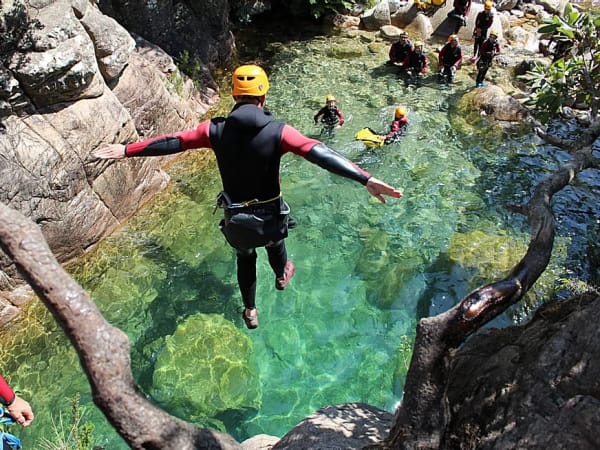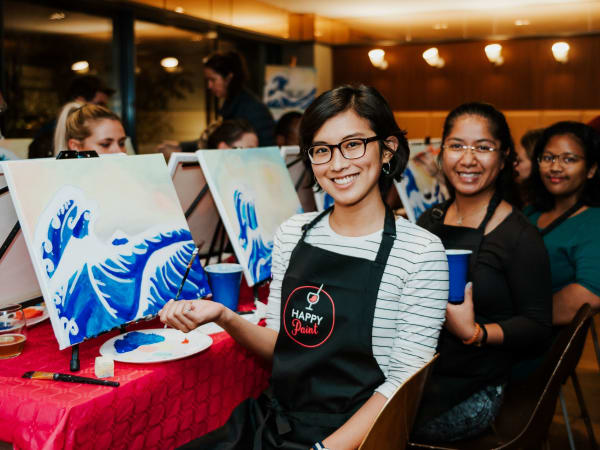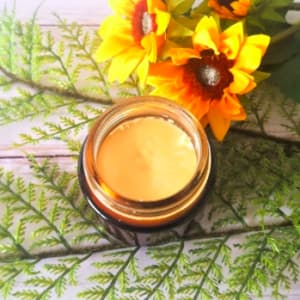Soap workshop: everything you need to know 🫧
Soapmaking is an original and creative activity to discover on your own or with a loved one. For around 2 hours, a passionate craftsman will introduce you to the art of saponification; at the end of the workshop, you'll leave with your own natural soap, made with the expert advice of a pro.
What is cold process saponification?
Cold saponification is a method of making soap at room temperature. It's based on a fairly simple chemical reaction, using two main ingredients: a fatty substance and an alkaline base, usually soda.
During a soap workshop, you'll carry out this process yourself, guided of course by an expert in the field. The strong base is the agent that transforms the fatty substance into soap, removing all traces of lye.
The benefits of cold saponification
Cold saponification is an artisanal process that offers many advantages over industrial production. Firstly, it does not involve potentially harmful ingredients such as synthetic fragrances. Secondly, the cold reaction preserves all the natural benefits of soap, particularly its moisturizing properties.
As a result, the soap you make in these workshops is excellent for your skin, as it contains glycerine, a natural product of the saponification process, as well as protective vitamins (mainly vitamins A and E).
Cold process soap-making stages
Each soap workshop takes place in several stages, corresponding to the steps involved in cold saponification. These stages are as follows:
Mixing: the essential ingredients
The first stage is blending, based on two essential ingredients:
- The fatty substance, generally a vegetable oil or butter
- The caustic soda solution
To which we add natural additives for the appearance, fragrance and properties of your soap: essential oils, herbs or plant extracts, exfoliants, colorants...bearing in mind that some workshops are conducted without essential oils or fragrances, allowing pregnant women to participate.
Moulding
During the soap workshop, the soap paste you've made with the above mixture is then placed in one or more molds to form a block of soap.
The shape and dimensions of the molds can vary according to your preferences and those of the artisan. Moulding allows the soap to begin hardening.
Insulation
Isolation is a technique that uses the heat generated by the initial chemical reaction to accelerate the hardening of the soap.
It's a crucial step, requiring the soap paste-filledmolds to be covered orwrapped to increase their natural heat. The technique is called insulation, because it creates an insulated environment for your soap.
Demolding
Next comes the long-awaited demolding stage. This simple step simply involves removing the soap from its mold.
In a cold saponification workshop, the previous steps are carried out with the utmost care, making removal from the mold much easier. The soap is not supposed to adhere to the walls of the mold.
Curing
Curing is an important stage in the saponification process. It is a period during which the soap is left to rest, so that the water contained in the paste can evaporate.
Generally speaking, the curing period for cold-process soap lasts between 4 and 6 weeks. This period also helps to increase the soap's hardness.
Cutting
Cutting is the final stage in the soap-making process. This simply involves cutting the unmolded soap into several small blocks or bars, or any other shape you like.
Once cut, the soap is ready to be used or packaged!
How do I personalize my soap?
Soap workshops are creative, allowing everyone to create a personalized product. You can play with shape, color and marbling to create a unique and original product.
Soap shape
Most saponification workshops teach original molding techniques, to create amazing little soaps in the shape of a heart, star or even a doughnut!
There are no limits to the shape of your handcrafted soap, so you can let your imagination run wild.
Soap color
The color of the soap is another parameter that can easily be played with, thanks to natural colorants or pigments.
In general, the artisans who organize the workshops prefer to use natural, mineral or vegetable colorants. However, for the brightest colors, the use of synthetic colorants may be necessary.
Marbling technique
Marbling is an easy-to-apply technique that produces elegant, atypical results. There are a number of different marbling techniques, the best-known being feather marbling, triangle marbling, cosmic wave or moon drop.
You can choose your workshop according to the type of marbling. Some artisans offer participants a choice of several techniques.













